Fifth Grade Math Worksheets Fractions
Fifth grade math worksheets on fractions are essential tools for students to solidify their understanding of this fundamental mathematical concept. These worksheets provide a structured and engaging way to practice solving fraction problems, ensuring that students grasp the underlying principles and can apply them confidently in various mathematical scenarios.
Table of Images 👆
- Multiplying Fractions Worksheets
- Fractions and Decimals Worksheets
- First Grade Fraction Worksheets
- Divisibility Rules Worksheet
- Improper Fractions as Mixed Numbers Worksheet
- 4th Grade Math Worksheets Fractions
- 6th Grade Math Word Problems
- Subtracting Fractions Worksheets
- 3rd Grade Math Worksheets Fractions
- Rounding Numbers Worksheets 4th Grade
- Writing Algebraic Expressions Worksheets 6th Grade
- Operations with Scientific Notation Worksheet
- Simple Algebra Worksheet
- 100 Multiplication Worksheet
More 5th Grade Worksheets
5th Grade Math Worksheets PrintableMultiplication Worksheets for 5th Grade
Constitution Worksheets for 5th Grade
Coordinates Worksheets 5th Grade
United States Worksheets 5th Grade
Free Division Worksheets for 5th Grade
Poetry Terms 5th Grade Worksheets
5th Grade Social Studies Printable Worksheets
What is a fraction?
A fraction is a representation of a part of a whole, presented as a numerical comparison of two quantities. It consists of a numerator, which represents the part being considered, and a denominator, which represents the total number of equal parts that make up the whole. Fractions can be written as numbers smaller than one, such as 1/2 or 3/4, and can also be used to compare quantities, perform operations, and solve mathematical problems.
How to read and write fractions?
To read and write fractions, you need to understand that a fraction represents a part of a whole. The top number is the numerator, indicating the number of parts you have, while the bottom number is the denominator, representing the total number of parts that make up the whole. To read a fraction, say the numerator first, followed by "over" for the fraction bar, and then the denominator. For example, 3/4 is read as "three-fourths." When writing fractions, you place the numerator above the fraction line and the denominator below it, separated by the fraction bar.
What are equivalent fractions?
Equivalent fractions are fractions that have the same value or represent the same part of a whole, even though they may look different. They can be obtained by multiplying or dividing both the numerator and denominator of a fraction by the same non-zero number. For example, 1/2 and 2/4 are equivalent fractions because they both represent half of a whole.
How to simplify fractions?
To simplify a fraction, find the greatest common divisor (GCD) of the numerator and denominator and divide both the numerator and denominator by this value. This will give you the simplified form of the fraction, where the numerator and denominator have no common factors other than 1. Repeat this process until the fraction can no longer be simplified further.
How to add fractions with like denominators?
To add fractions with like denominators, simply add the numerators together and keep the denominator the same. For example, to add 1/3 + 2/3, you would combine the numerators (1 + 2 = 3) and keep the denominator as 3, resulting in 3/3, which simplifies to 1 whole.
How to subtract fractions with like denominators?
To subtract fractions with like denominators, simply subtract the numerators while keeping the denominator the same. For example, if you have 3/5 minus 1/5, you would subtract the numerators (3-1 = 2) and keep the denominator the same (5). This would result in 2/5.
How to add and subtract fractions with different denominators?
To add or subtract fractions with different denominators, you must first find a common denominator for the fractions. To do this, you can either find the least common denominator (LCD) or simply multiply the two denominators together. Once you have a common denominator, you can then add or subtract the fractions as normal, but keep the common denominator unchanged. Remember to also adjust the numerators accordingly when adding or subtracting the fractions. Finally, simplify the resulting fraction if possible by reducing it to its lowest terms.
How to multiply fractions?
To multiply fractions, you simply multiply the numerators (top numbers) together to get the new numerator, and then multiply the denominators (bottom numbers) together to get the new denominator. Simplify the resulting fraction by reducing it to its simplest form, if necessary.
How to divide fractions?
To divide fractions, you simply need to multiply the first fraction by the reciprocal of the second fraction. This means you keep the first fraction the same, change the division sign to multiplication, and flip the second fraction upside down (i.e., find its reciprocal) before multiplying across. This method allows you to divide fractions effectively and obtain the correct answer.
How to convert fractions to decimals?
To convert a fraction to a decimal, divide the numerator (top number) by the denominator (bottom number). The result is the decimal equivalent of the fraction. You can either perform the division manually or use a calculator for ease and accuracy.
Have something to share?
Who is Worksheeto?
At Worksheeto, we are committed to delivering an extensive and varied portfolio of superior quality worksheets, designed to address the educational demands of students, educators, and parents.





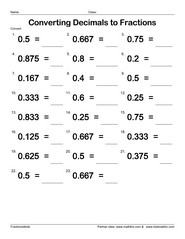
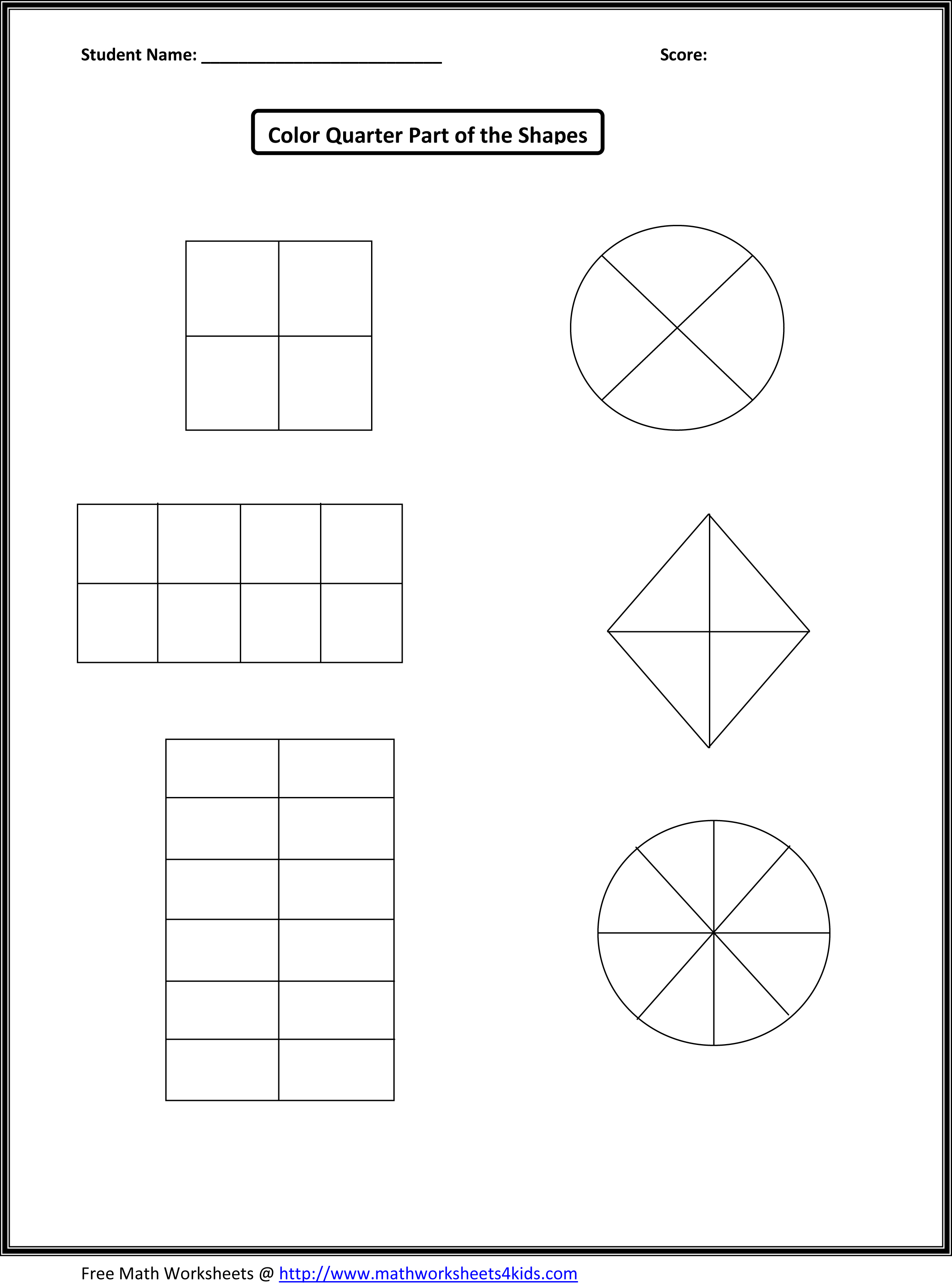
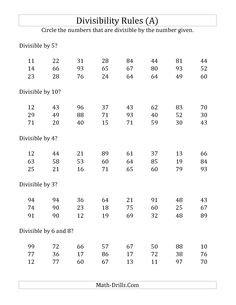
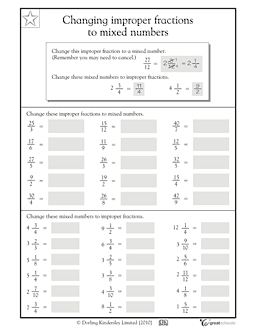
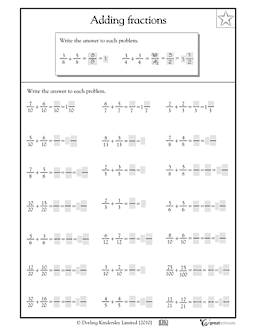
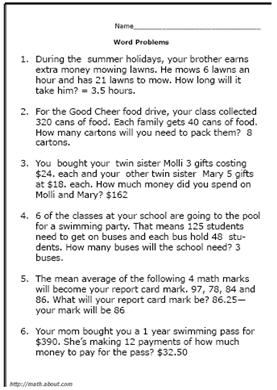
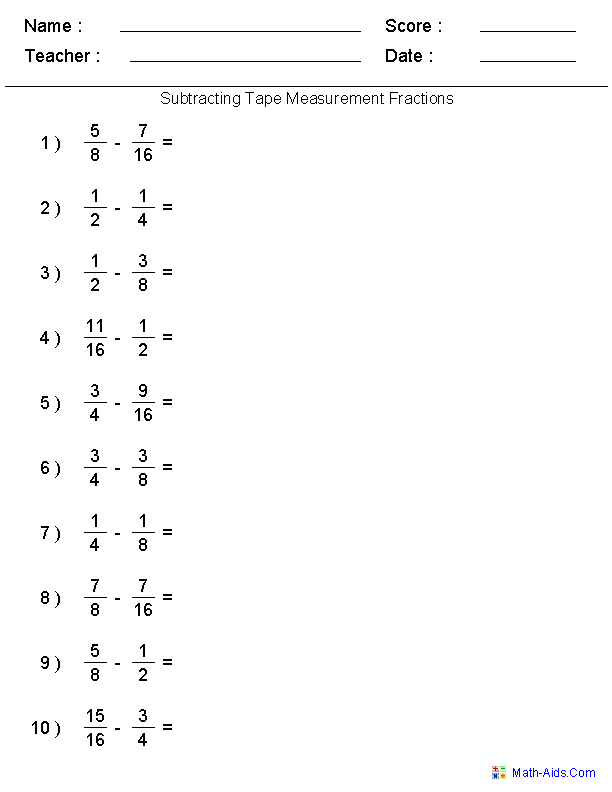
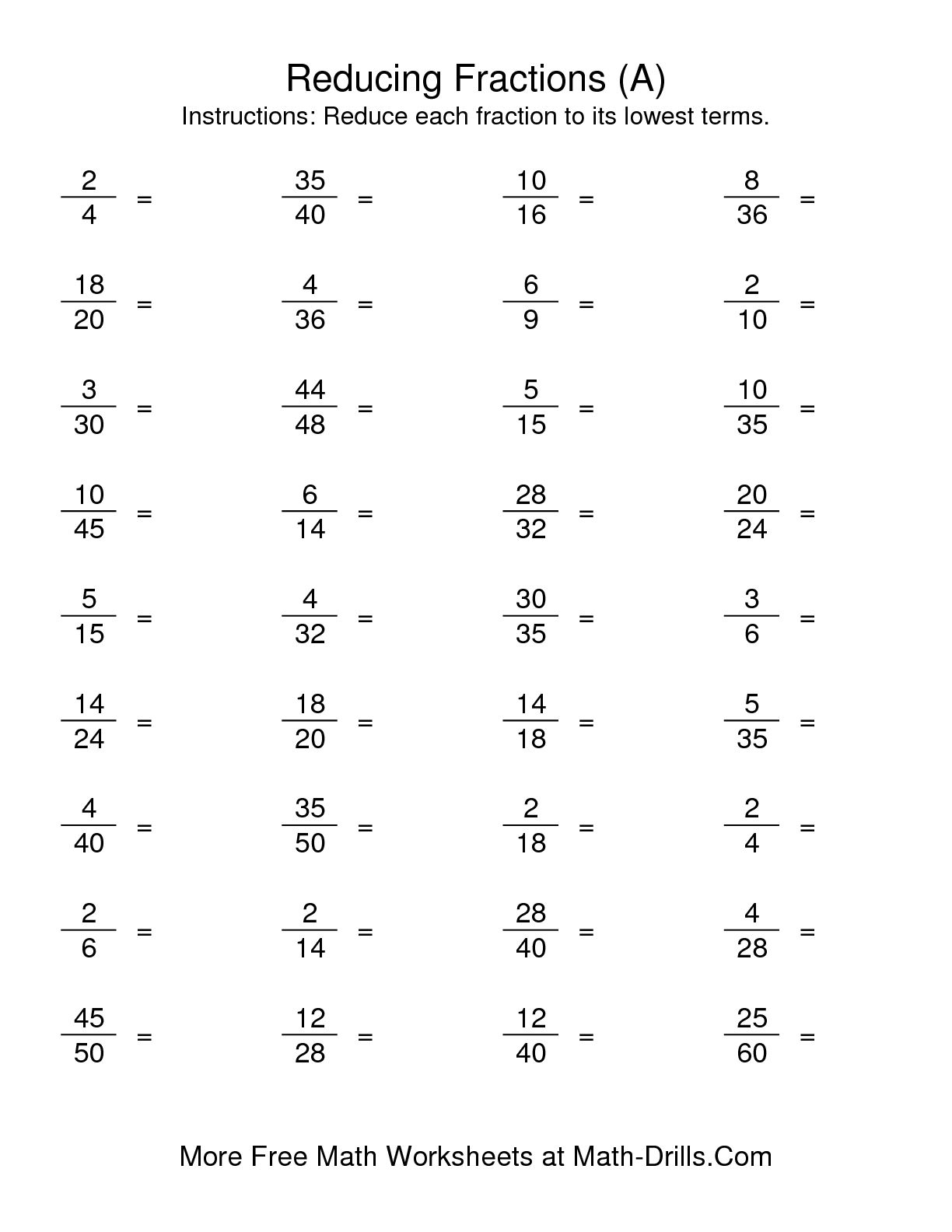
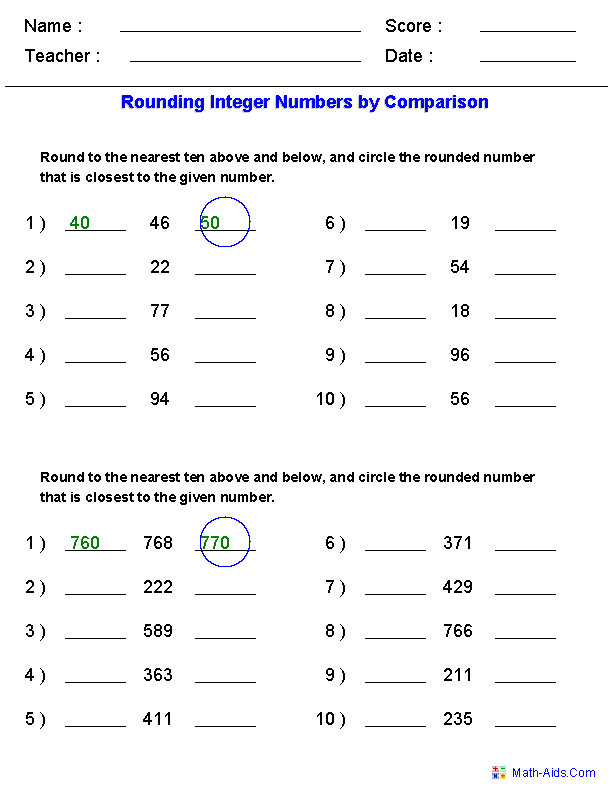
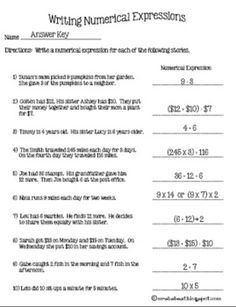
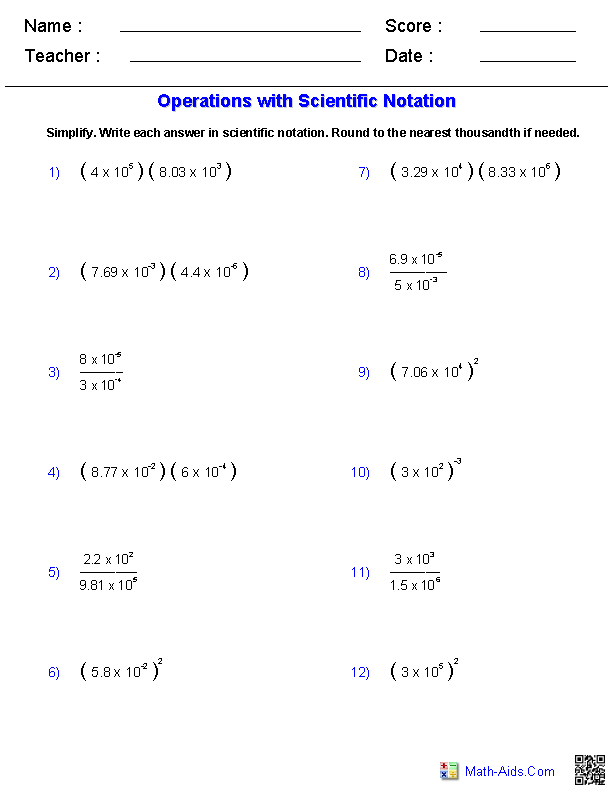
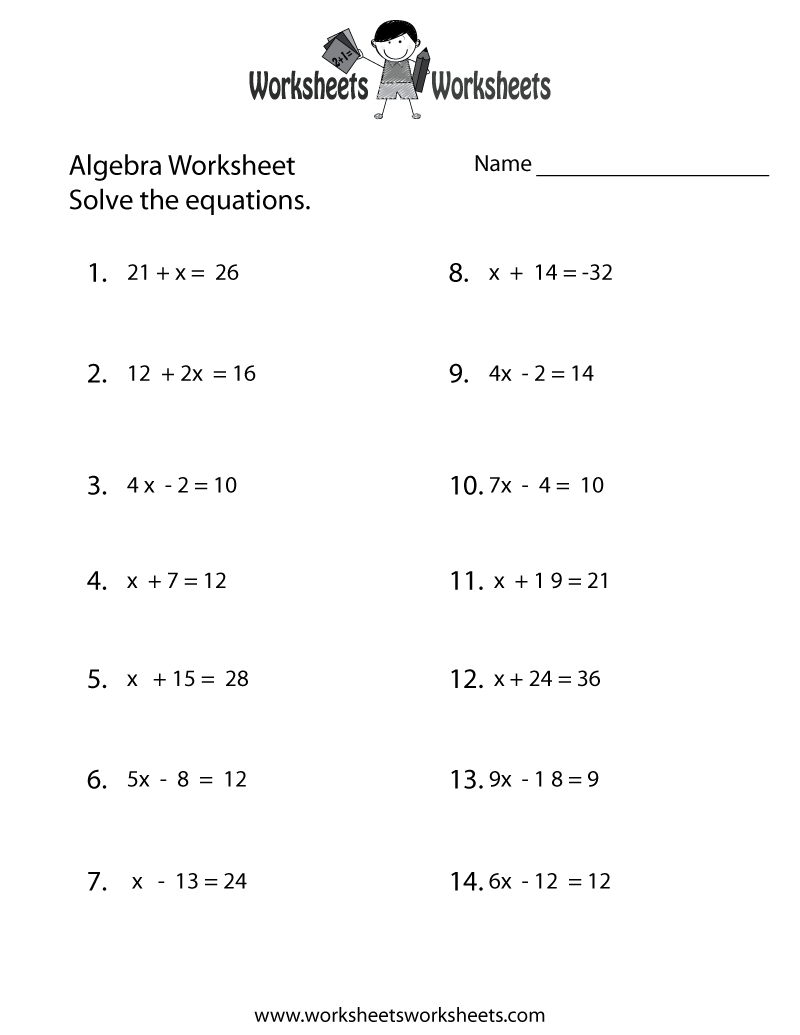
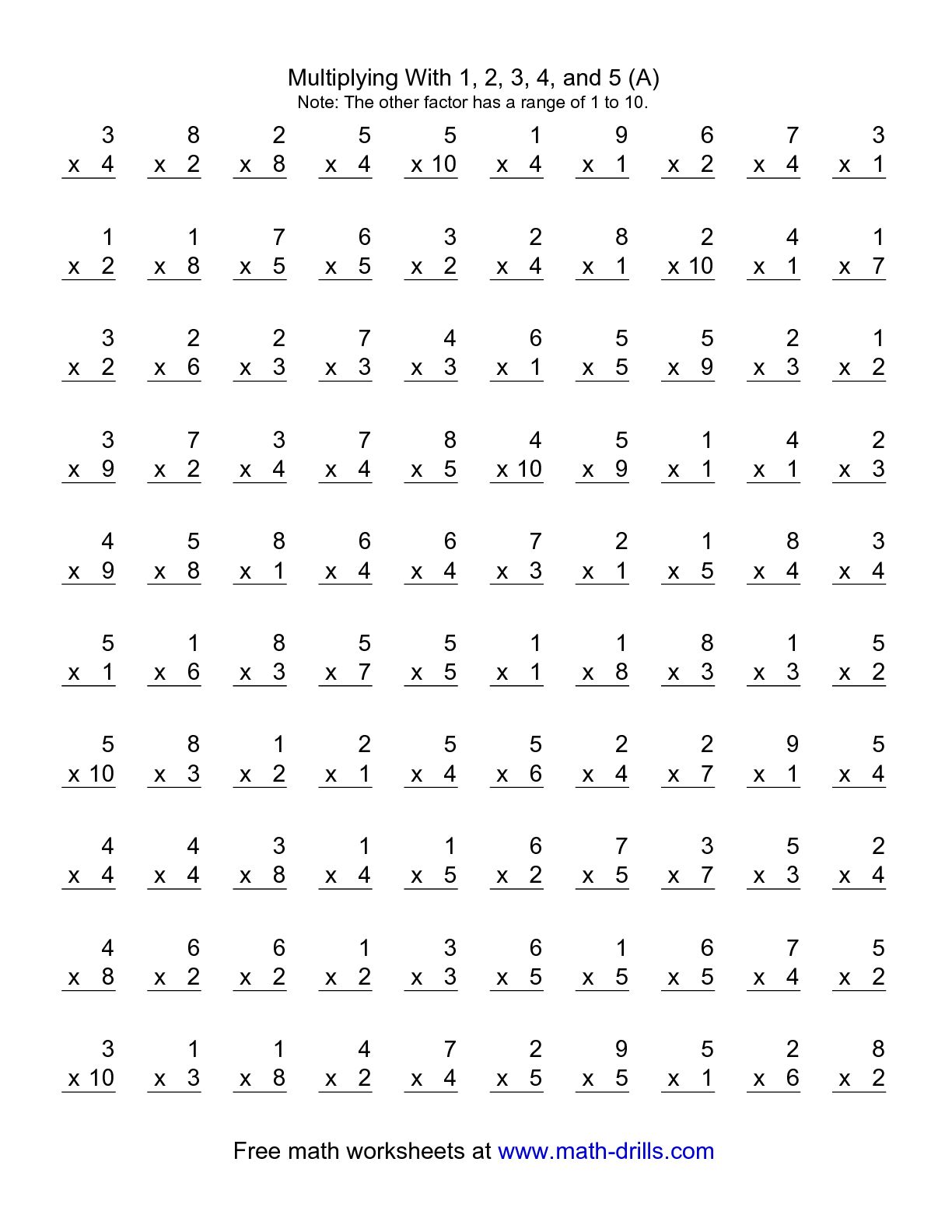








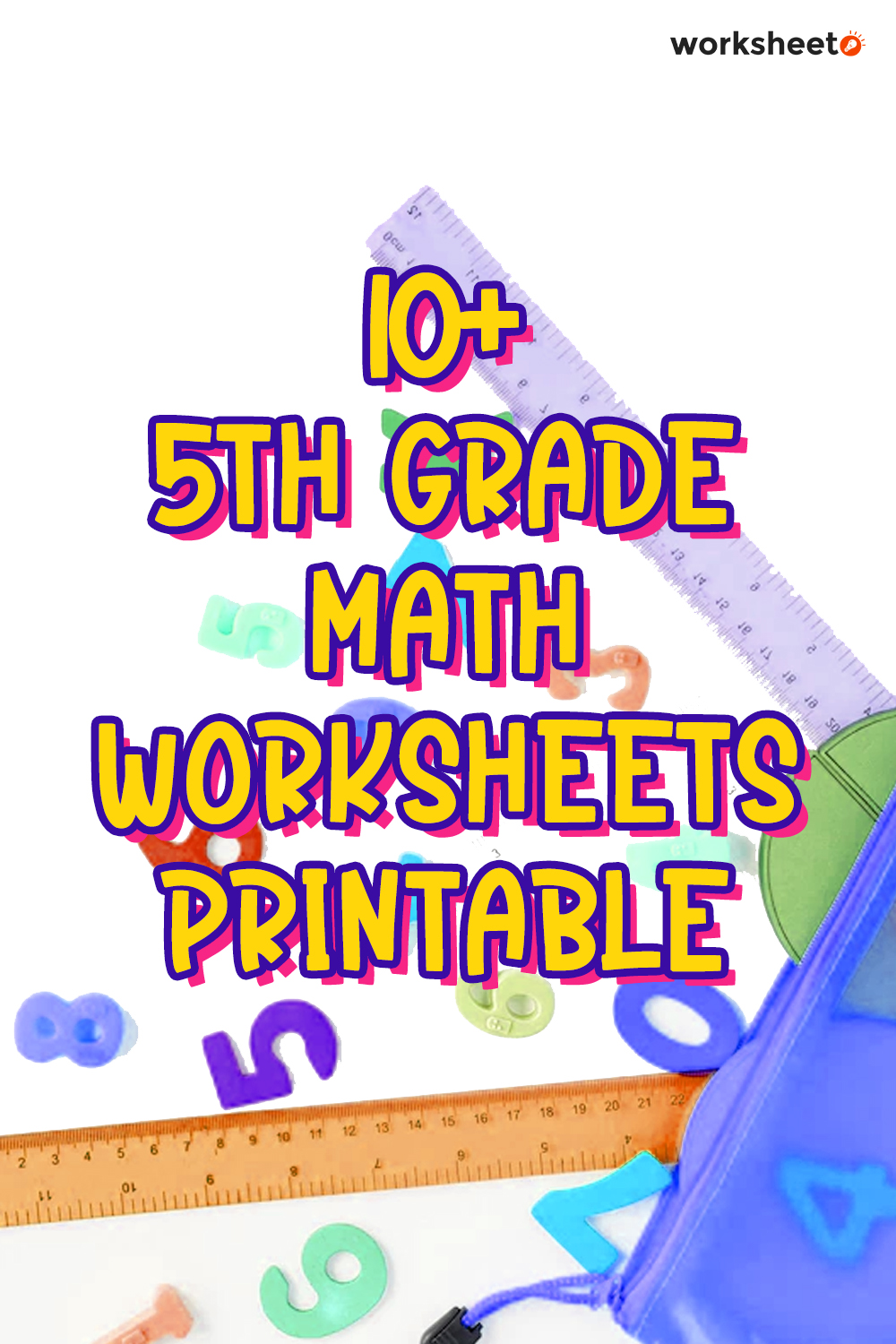





Comments